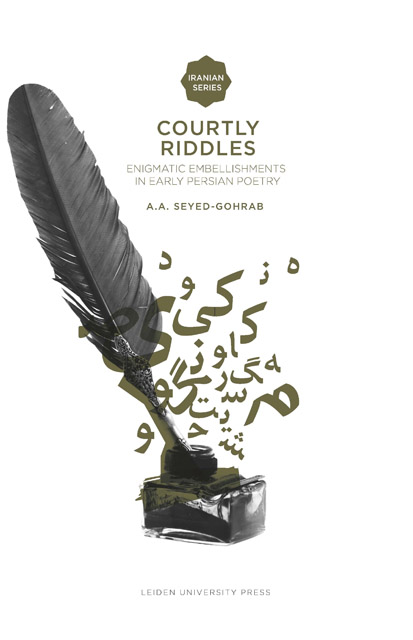
-
The digital format of this book is no longer available to purchase from Cambridge Core. Other formats may be available.
-
Select format
-
- Publisher:
- Amsterdam University Press
- Publication date:
- 19 November 2022
- 15 September 2010
- ISBN:
- 9789400600102
- 9789087280871
- Dimensions:
- Weight & Pages:
- Dimensions:
- Weight & Pages:
- Subjects:
- Literature, Literary Theory
- Series:
- Iranian Studies Series
You may already have access via personal or institutional login- Subjects:
- Literature, Literary Theory
- Series:
- Iranian Studies Series
Book description
This book is the first study of Persian literary riddles to appear in English, analysing a wide range of complex riddling poems systematically from the tenth to the twelfth century. In addition to the genre of riddles, the book examines the relationship between metaphors and riddles and the genre of literary description.
Riddles belong to the oldest genre in many literary traditions. Riddles were composed at courts in the Iranian world for various purposes, such as highlighting the courtly insignia that refer to the ruler's administrative and military power. The aesthetic of puzzlement was much appreciated at courts. Through a riddle, the poet aims to demonstrate his artistic accomplishment in a short space; and at the same time he secures his social, professional and personal position at the court and in cultured circles. Literary riddles occur in the early specimens of Persian literature from the tenth century and they continue to be used in modern Iranian society.
Contents
Metrics
Full text views
Full text views help Loading metrics...
Loading metrics...
* Views captured on Cambridge Core between #date#. This data will be updated every 24 hours.
Usage data cannot currently be displayed.
Accessibility standard: Unknown
Why this information is here
This section outlines the accessibility features of this content - including support for screen readers, full keyboard navigation and high-contrast display options. This may not be relevant for you.
Accessibility Information
Accessibility compliance for the PDF of this book is currently unknown and may be updated in the future.

